Catching security flaws early isn’t just an improvement—it’s a game-changer.
Traditionally, security testing was something that happened at the very end of the development cycle. This is like checking for cracks in a building’s foundation after it’s been fully built. The result? Fixes are slow, expensive, and incredibly complicated to implement.
DevSecOps changes the game by “shifting security left,” which means integrating security into every single stage of development, starting from the very first line of code. This isn’t just a technical workflow update; it’s a core business strategy that directly impacts your bottom line, speed to market, and product resilience.
The Four Pillars of a DevSecOps Business Strategy
For any business leader, embracing a “shift left” mentality moves security from a cost center to a value driver. Here’s the business case:
- Massive Cost Savings: The Economics of Early Detection Finding a vulnerability during the design or coding phase is exponentially cheaper to fix. It might cost a few minutes of a developer’s time. Finding that exact same vulnerability in a live product costs a fortune—it involves emergency patches, team-wide triage, potential downtime, and damage control. Shifting left is an economic decision that delivers a massive ROI.
- Faster Delivery: Security as an Accelerator, Not a Bottleneck The old model creates a last-minute security bottleneck that delays launches and frustrates teams. By integrating security into the automated pipeline, checks happen continuously and in parallel with development. This completely eliminates the final, high-stress security “gate” and empowers your teams to release secure software faster and with greater confidence.
- Better Collaboration: Security as a Shared Responsibility Shifting left is a powerful cultural change. It breaks down the traditional silos between Development, Security, and Operations. Security is no longer the job of a separate “no” department; it becomes a shared responsibility for everyone on the project. This fosters a stronger, more innovative, and security-conscious culture where everyone is empowered to build and deploy secure code.
- Reduced Risk: A More Resilient Product By integrating security from the very start, you are building a product that is inherently more robust. This isn’t just about passing a final test; it’s about fundamentally reducing your application’s attack surface from day one. This directly translates to a safer product for your customers and a stronger, more protected brand.
What Does “Shifting Left” Actually Look Like?
This strategic shift involves practical, common-sense changes. It means integrating automated security scanning tools directly into the development pipeline so developers get instant feedback. It means conducting threat modeling during the design phase, before a single line of code is written. It means making security part of the daily conversation, not a final exam.
Security from the Start, Not the End
Stop treating security as an afterthought. It’s time to embrace DevSecOps, build security into the foundation of your development process, and unlock the ability to deliver better, safer products faster than ever before.
Writen by Rui Soares, Crossjoins InfoSec Senior Consultant






Recent Comments